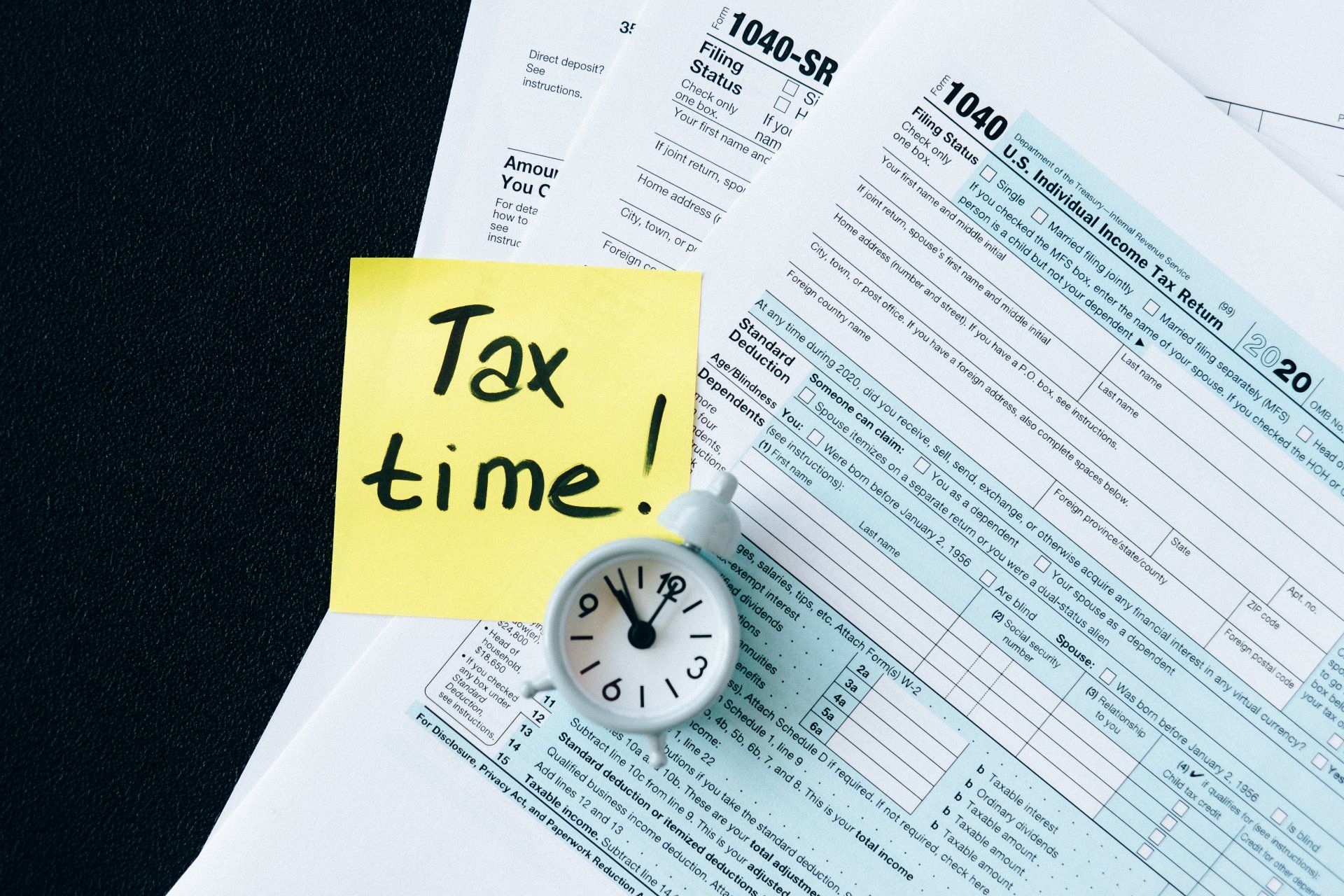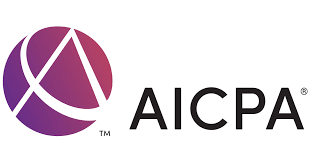DEBT IS A TOOL - BUT SHOULD COME WITH A WARNING LABEL
DEBT IS A TOOL - BUT SHOULD COME WITH A WARNING LABEL
Debt, if used correctly, can be a vital tool for a business. Businesses use debt in a variety of ways such as financing start-up expenditures, purchasing equipment, and providing capital until a business can “bank itself”. Even though debt can be a tool, loan documents should come with the warning label “BORROWER BEWARE”. First, the debt must be paid back. Second, not allocating funds to the debt reduction pocket will keep you in debt since taking on more debt will be necessary to sustain the business and pay off old debt. Finally, debt, like quicksand, can pull you under if it is excessive.
There are two types of business debt: lines of credit and term debt. Business start-up loans and loans for equipment purchases are usually term debt. Lines of credit are used to provide working capital. Lines of credit should have a double warning label. In his book Simple Numbers, Straight Talk, Big Profits”, Greg Crabtree says,
“For entrepreneurs, credit lines are the equivalent of crack cocaine—it’s that addictive. Why? Because when you draw money on a line of credit, you have postponed a hard business decision that should have been made a lot sooner.
Sometimes people would rather exhaust their resources than make the hard decisions.”
A true line of credit is one that goes to zero for at least thirty consecutive days in a twelve-month period. Unfortunately, too many businesses use lines of credit to make up for the lack of essential core capital, putting them on a debt treadmill. Their balance sheet shows the maxed-out line of credit year after year, and the business owner, like a drug addict goes from bank to bank looking for more money.
Debt incurred to purchase equipment should be done so prudently. Equipment that increases capacity, enhances efficiency, or reduces repairs and maintenance expense should result in more profit for the business. Ideally, the increase in profit will provide the funds to pay down the debt. This will keep the business from taking money out of other pockets to make the debt payments.
Purchasing equipment at year-end to reduce taxes is the go-to tax planning strategy for many accountants. A business owner goes to the accountant at year end and has $100,000 of taxable income with a projected tax liability of $30,000. The business owner has saved the funds to cover the tax liability but despises paying any tax. The accountant explains the accelerated depreciation rules and tells the client he can reduce the taxable income to zero by spending $100,000 on equipment. The business owner says I would rather pay the equipment dealer than pay Uncle Sam and puts the $30,000 he saved for taxes down on the equipment, taking out a loan of $70,000 for the remainder of the purchase price.
The accountant fails to point out that depreciation deduction pushes the business owner into a 12 percent tax bracket, which reduces the actual tax benefit of the depreciation. To make matters worse, the $70,000 of debt will have to be paid back form future profits that will likely be taxed at a higher rate. This is a clear example of letting the tax tail wag the dog.
I have never heard a client say, “I wish I hadn’t paid off that debt.” It should be the goal of business owner to get out of debt. This can be done by properly allocating funds to the necessary pockets for taxes, core capital and debt reduction and having the discipline to only pull the funds out for their intended purpose.









